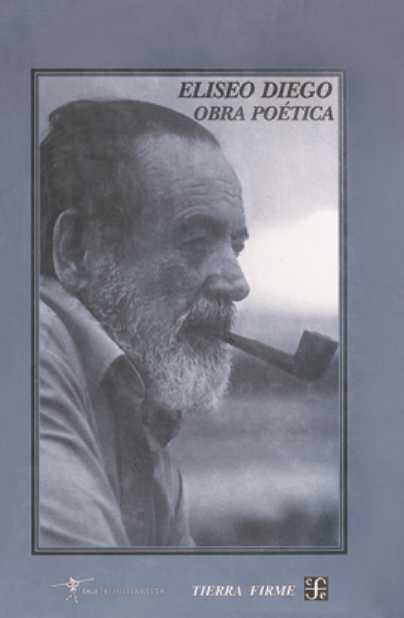4.1.2.7.3 The poetics of Eliseo Diego (1920 – 1994) in the revolutionary period, “The Dark Splendor”, 1966

In Eliseo Diego’s poetry, there was no real rupture with the arrival of the revolutionary triumph in 1959; rather, he maintained the same aesthetic tone that had defined his previous output. The bard also resonates with the collective impulse, and many of the great concerns of his time served as the leitmotifs of a poetics that, however, did not undermine his own uniqueness.
The immediate revolutionary experience is somehow implicit in the verses, although loneliness, death and, in a general sense, everything that translates into the feeling of loss appears here expressed with an expressive maturity that seemed to have already overcome its own obstacles.
This notebook undoubtedly has a dramatic flavor through the configuration of characters that are sometimes archetypal but that also reflect a background of everyday life that is sometimes already distant, in which the poet appeals to a certain eidetic condition of memory to try to fix some of his nostalgias in the face of the fleetingness of time, expressing a poetics directly related to evocation and the past as a watering hole but never unanchored from the present.
In this sense, many of the texts begin with the factual, circumstances of reality that he delves into without pause, transcending into more spiritual realms and nuanced philosophical questions. Unlike other poets of this period, reality is not transposed as is into verse but rather is transmuted through fictions in which imagination and knowledge play a similar role in the attempt to reveal his world and that of everyone, with a special emphasis on Cuban culture.
Another sign of the maturity achieved is the serenity with which the poet approaches his writing. These pieces are supreme examples of synthesis as a lyrical quality, and even the inner stillness in the approach to the themes, which differs somewhat from his preceding texts. Eliseo Diego thus begins his creative work under the signs of a different social situation, with discoveries that cement his significance for island literature.








